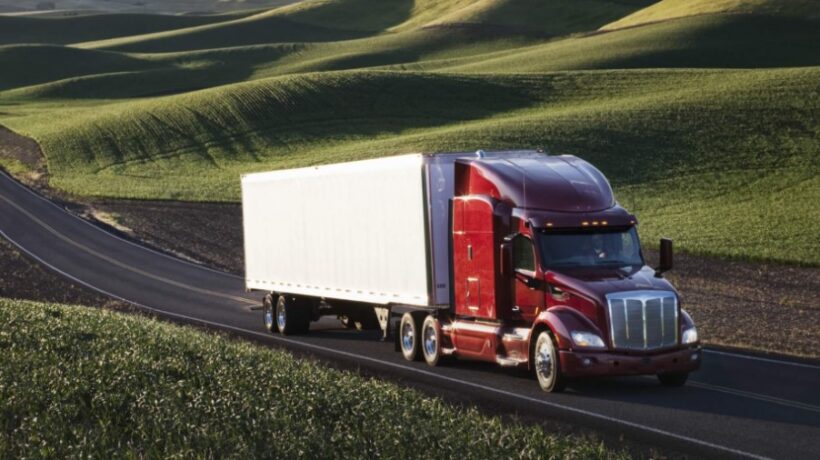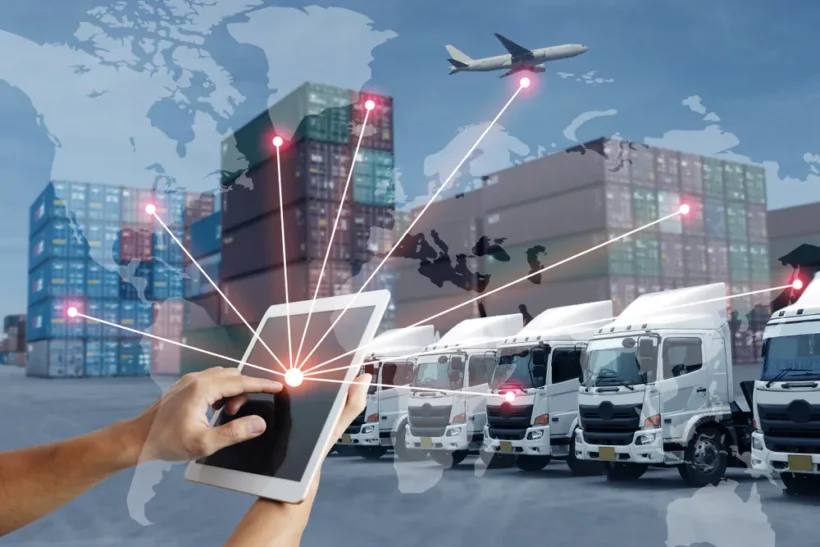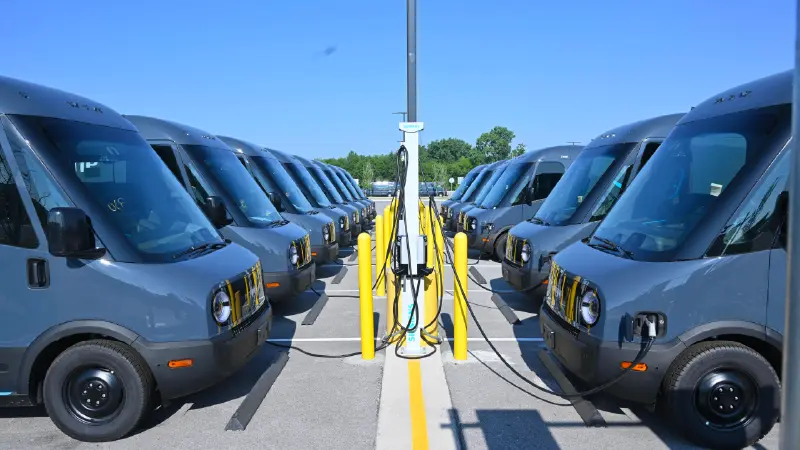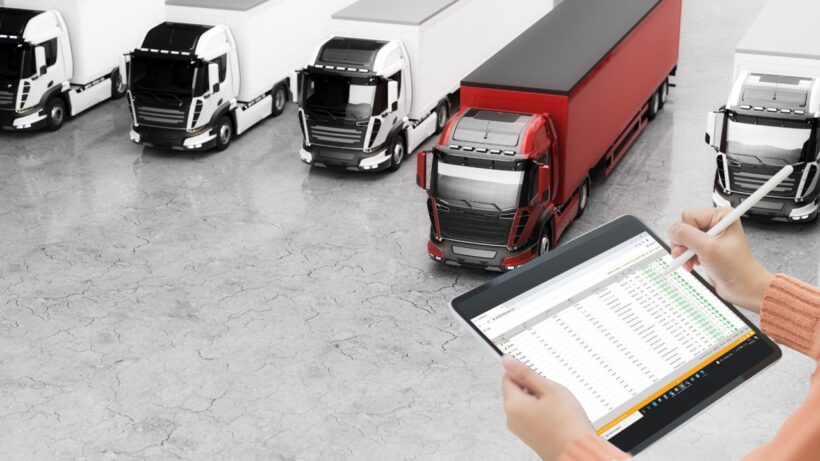Managing a vehicle-based operation isn’t what it used to be. In today’s competitive landscape, every mile driven can mean profit—or unnecessary loss. Whether you’re overseeing a small service fleet or a nationwide logistics network, new technologies and smarter strategies are revolutionizing how we monitor drivers, maintain vehicles, and reduce operating costs.
Companies like Idrive that adapt to these driver monitoring systems are seeing major improvements in fuel savings, safety records, and overall fleet productivity. This guide breaks down the key tactics helping businesses modernize vehicle operations and extract more value from every asset.
Why Smarter Vehicle Operations Matter More Than Ever

Rising fuel costs, stricter environmental standards, and growing competition are pushing companies to rethink traditional vehicle use. For organizations that rely on transportation—whether for deliveries, client visits, or field services—inefficiencies add up quickly.
Fleet expenses don’t stop at the fuel pump. Think of the total investment: driver wages, insurance, repairs, downtime, and depreciation. When multiplied across a fleet, even small improvements in efficiency can deliver huge long-term savings.
More importantly, evolving customer expectations require faster, more reliable service. Businesses simply can’t afford to manage fleets with outdated methods.
Keeping Tabs on Drivers: How Monitoring Tools Are Changing the Game
Driver behavior can significantly impact your bottom line. And not just from a safety standpoint. Harsh braking, speeding, rapid acceleration, and excessive idling all burn fuel and increase maintenance costs.
That’s where driver monitoring systems come into play. These systems use built-in sensors and AI-powered cameras to track a wide range of behaviors behind the wheel. Here’s what they can offer:
- 📊 Safety Scorecards: Track each driver’s performance and create coaching plans
- ⛽ Fuel Efficiency Insights: Spot fuel-wasting behaviors and adjust training
- 🛑 Real-Time Alerts: Notify managers of unsafe driving immediately
- 🧠 Data-Driven Coaching: Personalize improvement strategies per driver
According to fleet safety providers, this kind of visibility makes a real impact—not just in reducing collisions, but also in cutting operational costs across the board. It also builds a culture of accountability among drivers, making them more conscious of their habits.
The Rise of Advanced Telematics and Predictive Maintenance

Fleet management is no longer about clipboards and quarterly check-ins. Today, the most successful operations rely on telematics—vehicle-based systems that collect and send performance data in real time.
What can telematics actually track?
- Engine diagnostics
- GPS location and routing
- Fuel usage trends
- Tire pressure
- Battery health
- Driver hours and stops
When all this data is brought into a centralized software dashboard, it gives fleet managers the power to optimize route planning, reduce unnecessary mileage, and keep up with preventative maintenance before costly breakdowns occur.
Imagine knowing a truck’s alternator is about to fail—before it happens. That’s the promise of predictive maintenance. It’s not science fiction anymore. It’s fleet management in 2025.
Modern Fleet Software: Real-Time Intelligence for Smarter Decisions

Fleet management software has become the nerve center of modern vehicle operations. It pulls together telematics data, driver performance, fuel metrics, scheduling, and more—all into one intuitive interface.
Here’s how companies are using it:
- 📍 Route Optimization: Cut delivery time and fuel costs
- 🔁 Workload Balancing: Distribute jobs evenly to avoid overuse of select vehicles
- 📅 Maintenance Scheduling: Plan service in advance without interrupting workflow
- 🔄 Compliance Tracking: Ensure hours-of-service and inspection regulations are followed
For growing businesses, this level of insight is the difference between chaos and control.
Getting the Most from Every Vehicle in the Fleet
Vehicles represent one of the largest capital expenditures for many businesses. So it only makes sense to extract as much value as possible from them. One way to do that? Rethink how and when those vehicles are used.
Here are a few practical strategies companies are using to boost utilization:
- 🧭 Dynamic Scheduling: Use data to plan smarter routes and reduce downtime
- 🚗 Carpooling Policies: Send teams in fewer vehicles to the same site
- 🌙 Off-Hours Usage: Let employees use fleet vehicles for personal errands under policy
That last one might seem surprising—but when done correctly, it boosts total vehicle usage without needing to expand the fleet. The key is setting clear rules, such as mileage caps and usage windows, to avoid abuse.
This type of creative policy thinking helps companies stretch their existing assets further—maximizing ROI without increasing costs.
Making the Move to Electric Fleets: A Strategic Shift

With electric vehicle (EV) technology improving rapidly and gas prices staying unpredictable, many businesses are turning to EVs as a way to stabilize costs and hit sustainability goals.
Why now?
- ⚡ Lower Battery Costs: The upfront price of EVs is more competitive than ever
- 🌍 Zero Emissions: Great for the planet—and for public image
- 🔧 Less Maintenance: No oil changes or spark plugs to worry about
- 🏛️ Incentives: Government programs can dramatically reduce purchase and charging costs
However, EV adoption requires planning. Companies need to consider where and when vehicles will charge, and what kind of infrastructure is needed at job sites or depots. Still, forward-thinking businesses are developing EV transition roadmaps to stay ahead of the curve.
This isn’t just about being green. It’s about long-term savings and future-proofing your operations.
Training Drivers for the Technology They Use
As fleets get smarter, the human element becomes even more important. Drivers need to be trained not just in safe driving, but in how to interact with onboard systems and dashboards.
Some companies are now rolling out driver technology onboarding sessions as part of hiring or retraining. These sessions include:
- Navigating real-time GPS routing systems
- Understanding alerts from in-cab driver behavior monitors
- Accessing digital job assignments or logs via tablet
- Reporting issues directly through vehicle apps
Without training, even the best technology can be underused—or worse, ignored. Investing in the people who operate your tech ensures it delivers its full potential.
Sustainability and Fleet Branding Go Hand-in-Hand

Switching to more efficient vehicles and smarter fleet management isn’t just good for the budget—it’s good for your brand. Customers are increasingly valuing sustainability, and a clean, modern, eco-conscious fleet sends the right message.
Some companies are branding their electric or hybrid vehicles with eco-themed wraps and decals that say, “We care about the environment.” It’s a great way to make your investment in sustainable practices visible to clients and communities.
This isn’t marketing fluff—it’s a strategic move to align with customer values and stand out from less progressive competitors.
Scaling Up Without Scaling Out
Here’s a common pain point: You want to grow your services, but adding vehicles feels like a risky investment. The solution? Scale smarter—not bigger.
By using better routing, reassigning underused assets, and balancing workloads, companies can increase delivery or service volume without buying new vans or trucks.
This “scale-in-place” approach is particularly useful for regional businesses looking to expand coverage while keeping costs tight. With the right data and planning tools, many businesses can double output with the same fleet size.
Final Thoughts: Future-Proofing Your Fleet Strategy
The future of fleet management is not just about hardware or software. It’s about strategy. Companies that combine advanced monitoring, smart scheduling, data-driven decision-making, and eco-friendly policies are setting themselves up for long-term success.
The big takeaway? Your fleet is more than just a group of vehicles—it’s a dynamic, data-rich, productivity engine. Treat it that way, and you’ll see more than just savings. You’ll gain control, clarity, and competitive advantage.

